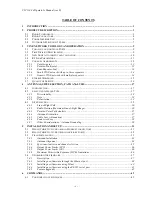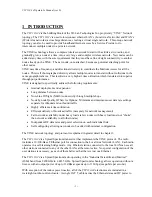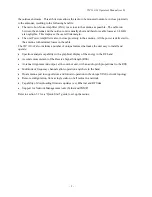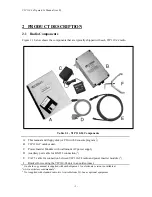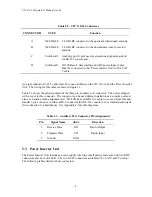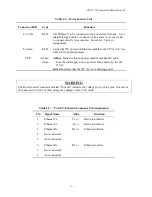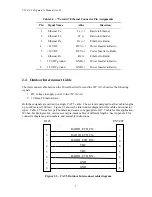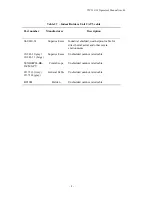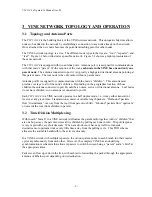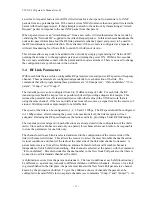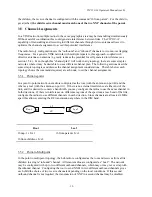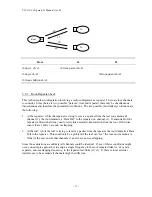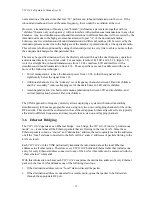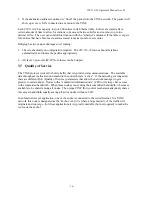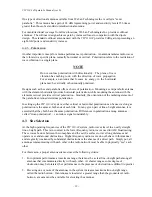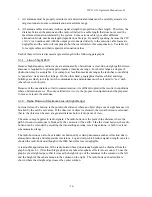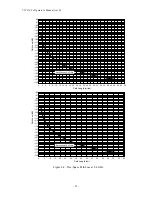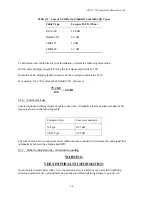
VIP 110-24
Operator’s Manual (rev E)
- 13 -
Root
1L
2L
rf-nnp-1 ch=c1
rf-from-parent ch=c1
rf-nnp-2 ch=c2
rf-from-parent ch=c2
rf-from-children ch=c3
3.5.3
Root-Repeater-Leaf
This is the simplest configuration involving a radio configured as a repeater. There are four channels
to consider. Since there are two possible “parents” (root and repeater) there may be simultaneous
transmissions and therefore the potential for collisions. The two possible (but unlikely) collisions are
the following:
1.
At the repeater: while the repeater is trying to receive a packet from the leaf (on antenna B,
channel c3), the root transmits a “Data Poll” to the repeater (on channel c1). If antenna B of the
repeater is directional it may easily reject this unwanted transmission from the root. Otherwise
ensure that c1 and c3 are non-overlapping.
2.
At the leaf: while the leaf is trying to receive a packet from the repeater, the root transmits a Data
Poll to the repeater. This could only be a problem if the leaf can “see” the root on its antenna A.
If that is the case ensure that channels c1 and c2 are non-overlapping.
Since those situations are unlikely, all channels could be identical. If any of those conditions might
occur, one simple approach is to assign a single frequency to the root/repeater links (c1=c4) and a
separate, non-overlapping frequency, to the repeater/leaf links (c2=c3). If there is local external
interference to be avoided all channels might be different.
c3
Root
B
1L
A
c1
2L
A
c3
c2
Summary of Contents for VIP 110-24
Page 2: ......
Page 5: ...VIP 110 24 Operator s Manual rev E iv...
Page 37: ...VIP 110 24 Operator s Manual rev E 30...
Page 73: ...VIP 110 24 Operator s Manual rev E 66...
Page 89: ...VIP 110 24 Operator s Manual rev E 82...
Page 91: ...VIP 110 24 Operator s Manual rev E 84...

